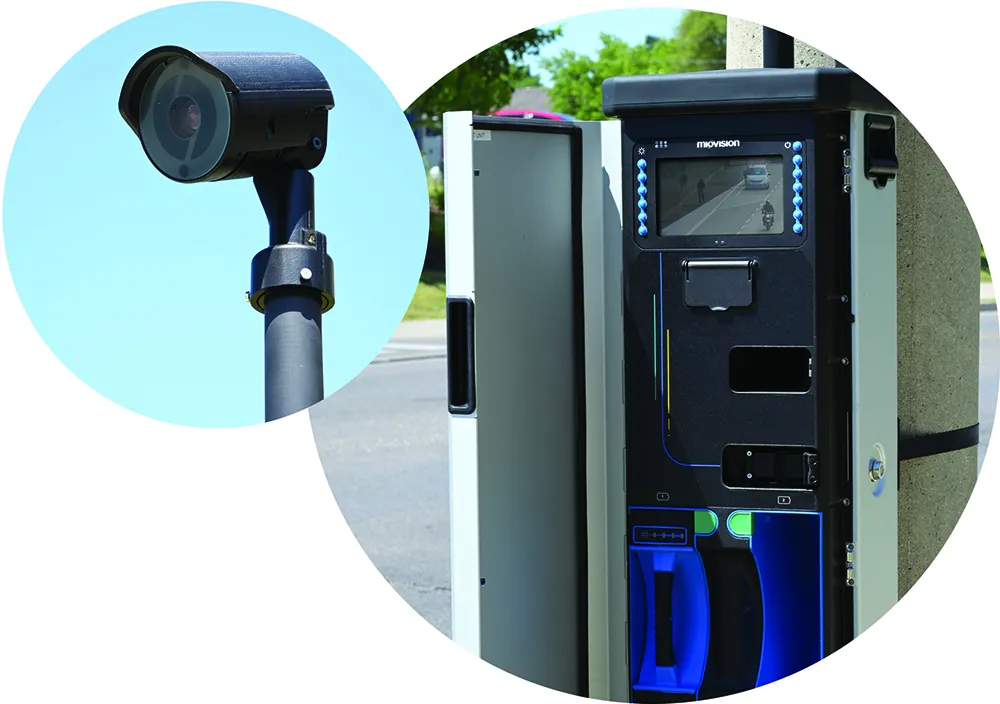
Would it be beneficial to know if a remote non-interconnected signalised intersection controller was phasing optimally? How about ancillary but critical traffic cabinet devices being operational with an ambient air temperature of 135 degrees Fahrenheit inside the cabinet? As delegates to the ITS America Annual Meeting will discover at the
Eberle Glance, RAE Glance and Data Aggregator (DA- 100B) Series field monitoring device from Eberle Design’s iCITE (Intelligent Cabinet Interface for Transportation Equipment) product suite, is claimed to be the first system capable of accessing real-time intersection and arterial traffic data from any traffic cabinet, via high-speed internal or external communications devices, regardless of the traffic controller or central ITS system. This new level of remote connectivity to cabinet hardware is engineered to extract real-time intersection and traffic cabinet data utilising a cloud-based user interface – with the benefit of not having to visit a possibly malfunctioning intersection in order to determine the problem. All this functionality is also available for those intersections connected to a TOC with the added functionality of providing an answer to the question, “Why is that intersection off line?” “The new iCITE cabinet hardware and reporting software components are compatible with any cabinet type or operation and easily fi t and operate within a NEMA TS1 or TS2 cabinet as well as within a Caltrans 332 cabinet,” said Bill Sowell, VP-business development for Eberle Design and Reno A&E. “We believe that using a cloud-based solution to monitor intersections – remote and non-interconnected – is key to an agency’s ability to efficiently assess and respond to remote intersection challenges.”









